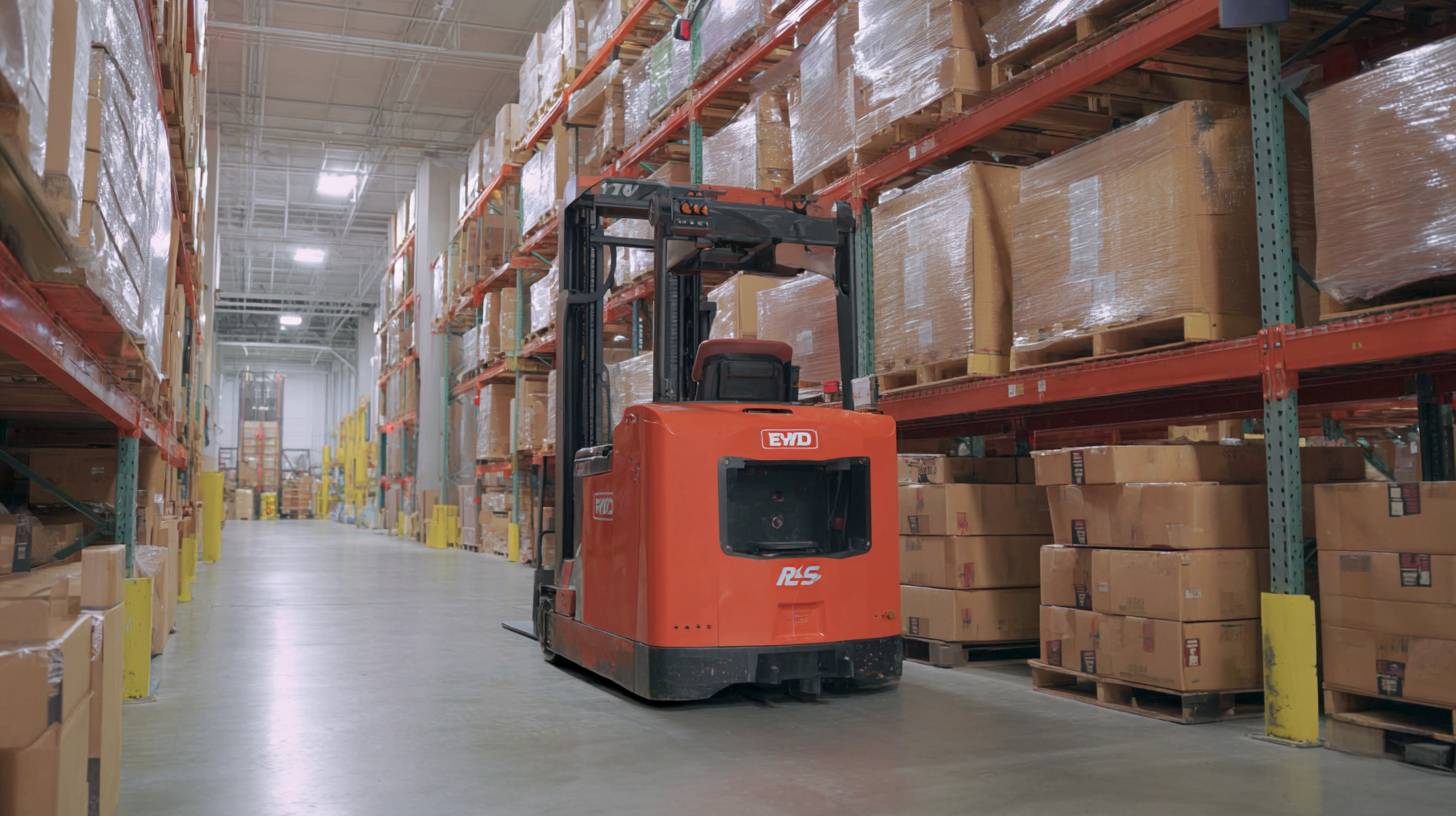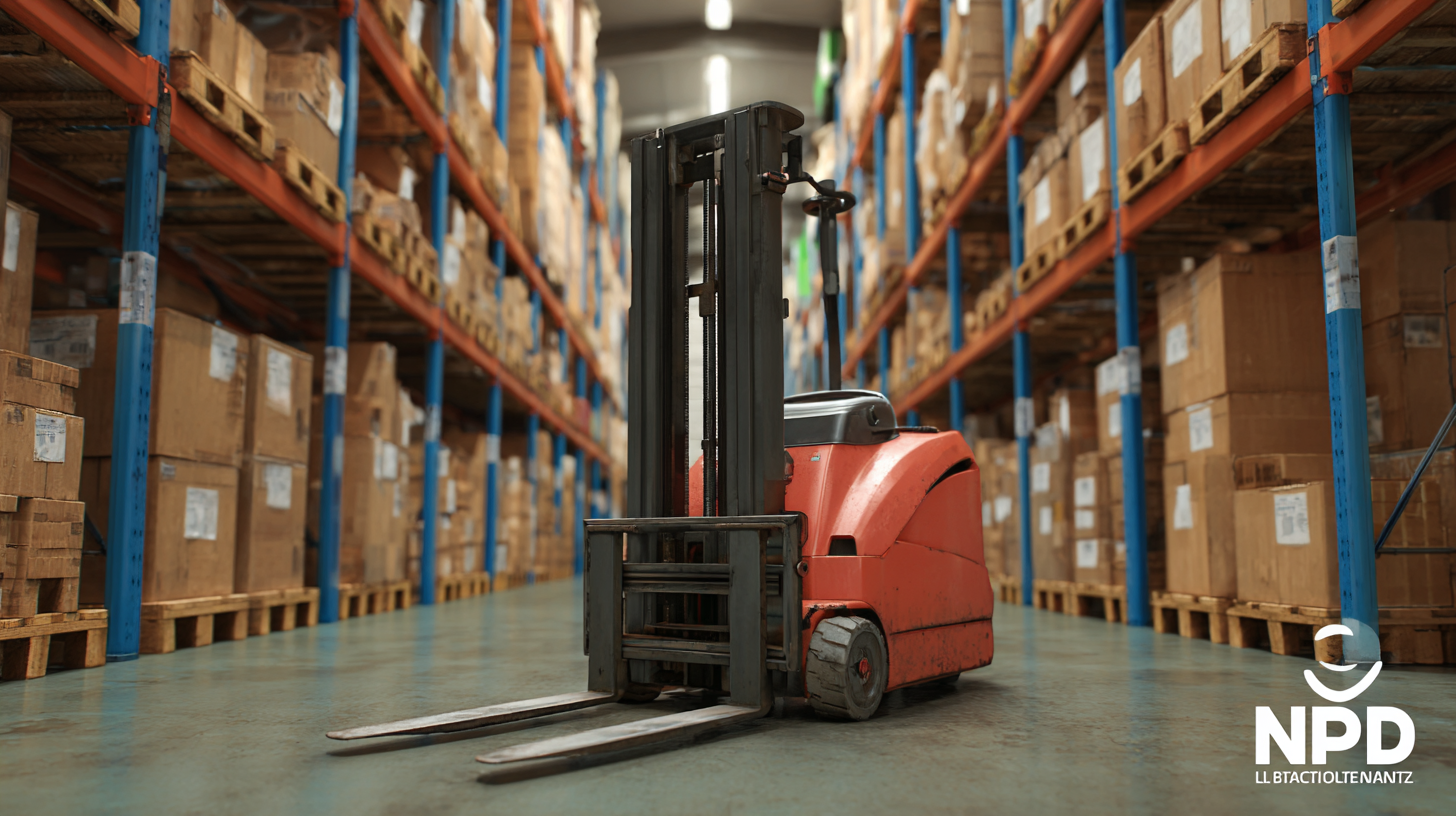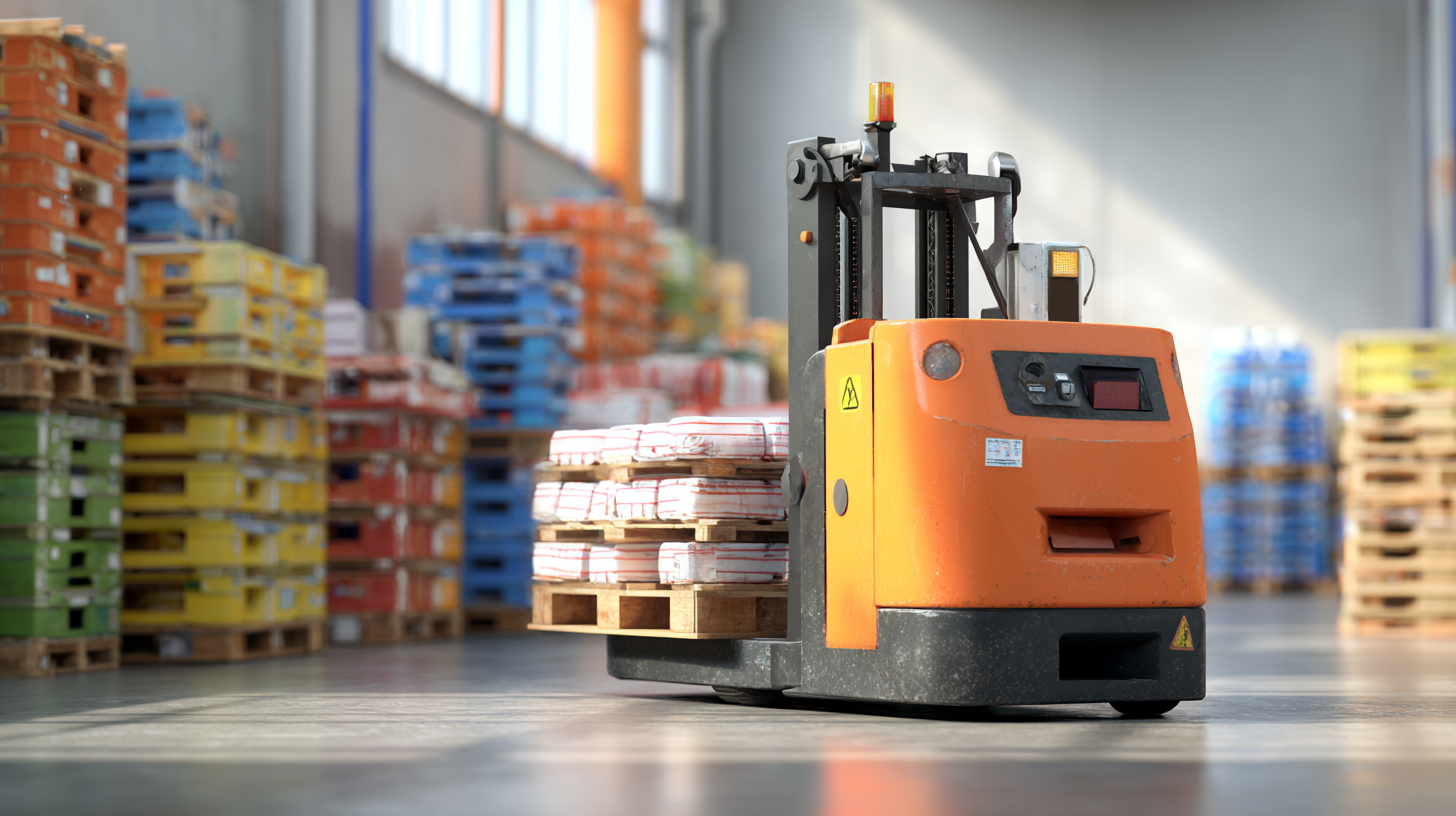Leave Your Message
Navigating the complexities of export certifications can be a daunting task, especially when sourcing equipment like the End Rider Pallet Jack from top-quality manufacturing plants in China. Ensuring compliance with international regulations is essential not only for seamless importation but also for the safety and reliability of the products you receive. In this step-by-step guide, we will break down the export certification process for the End Rider Pallet Jack, highlighting key requirements, necessary documentation, and best practices to follow. By understanding these critical aspects, you can rest assured that your pallet jack investment will meet the highest standards and support your operational needs efficiently. Whether you are a seasoned importer or a newcomer to the industry, this guide will equip you with the knowledge needed to navigate through the export landscape confidently.

Export certifications play a crucial role in the pallet jack industry, ensuring that products meet international safety and quality standards. According to a recent report by the International Organization for Standardization (ISO), compliance with export certifications can significantly reduce product recalls and enhance brand reputation. In fact, companies that prioritize these certifications report up to a 30% increase in customer trust and satisfaction, which directly impacts sales figures and market share.
To navigate the complexities of export certifications effectively, it’s important for businesses to stay updated on the latest regulations and requirements in their target markets. Tip: Regularly consult industry-specific guidelines from organizations like the American National Standards Institute (ANSI) to ensure compliance with the latest standards. Additionally, leveraging resources such as export advisory services can streamline the certification process and minimize delays.
Moreover, understanding the implications of non-compliance can save companies significant resources. A study from the Global Export Compliance Association highlights that businesses face average fines and penalties amounting to 15% of their annual revenue due to export violations. Tip: Implement an internal checklist to ensure all export certifications are in place before launching products into new markets, thereby mitigating risks and enhancing operational efficiency.
When exporting pallet jacks, understanding the necessary certifications is crucial for compliance and market success. Key certifications such as CE marking, ANSI/ITSDF B56.1, and ISO 9001 not only affirm product safety and performance but also influence international trade relationships. According to a report by the Material Handling Industry of America (MHIA), companies investing in compliance saw a 20% reduction in liability claims, highlighting the importance of adhering to these standards.
Tips: Always verify the specific requirements for each target market as regulations can vary significantly. Engaging with a local compliance consultant can streamline the certification process and provide insights into regional standards that may affect your product's acceptance.
In addition, maintaining robust documentation is essential. Many exporters overlook the importance of complete and accurate records, which can lead to customs delays or penalties. Being proactive in obtaining and organizing this documentation can significantly enhance your export process, ensuring that your pallet jacks reach their destination smoothly while maintaining compliance with all necessary certifications.
When exporting equipment like the End Rider Pallet Jack, obtaining the necessary export certifications is crucial for compliance and market entry. The first step in this process is to identify the relevant certifications required for your target market, which vary significantly by region. The International Organization for Standardization (ISO) reports that more than 1.4 million ISO certifications are issued worldwide each year, underscoring the importance of these standards in facilitating international trade. For pallet jacks, certifications such as CE marking in Europe or OSHA compliance in the United States ensure that the equipment meets safety and performance benchmarks.
Next, it's vital to gather the documentation that proves compliance with these standards. This typically includes product specifications, testing results, and proof of compliance with local regulations. According to a study by MarketsandMarkets, stringent regulatory requirements are one of the leading challenges faced by manufacturers, with 62% of them highlighting certification processes as a significant barrier to export. By navigating the certification landscape meticulously and ensuring that all documentation is prepared and accurate, businesses can significantly reduce delays and costs associated with exporting their pallet jacks.
 Navigating the landscape of global trade can be complex, especially for businesses aiming to export pallet jacks. Compliance with international standards is paramount, as it significantly impacts market access and competitive positioning. According to a report by Market Research Future, the global material handling equipment market, including pallet jacks, is anticipated to reach $133 billion by 2025, growing at a rate of 5.4% annually. This growth emphasizes the need for manufacturers to understand the compliance requirements specific to each target market, ensuring their products meet safety and quality standards.
Navigating the landscape of global trade can be complex, especially for businesses aiming to export pallet jacks. Compliance with international standards is paramount, as it significantly impacts market access and competitive positioning. According to a report by Market Research Future, the global material handling equipment market, including pallet jacks, is anticipated to reach $133 billion by 2025, growing at a rate of 5.4% annually. This growth emphasizes the need for manufacturers to understand the compliance requirements specific to each target market, ensuring their products meet safety and quality standards.
Furthermore, non-compliance can lead to substantial penalties, product recalls, and damage to brand reputation. A survey conducted by the International Trade Centre reveals that nearly 30% of small and medium-sized enterprises (SMEs) cite regulatory compliance as a significant barrier to market entry. In response, companies must implement rigorous compliance strategies, including obtaining necessary certifications and conducting thorough inspections. By prioritizing compliance, businesses not only enhance their market access but also build trust with global partners and customers, ultimately driving sustainable growth in the competitive landscape of pallet jack manufacturing.
Maintaining certification standards in the pallet jack sector is crucial for ensuring safety and compliance with industry regulations. As the demand for efficient material handling solutions grows, so does the emphasis on adhering to rigorous certification processes. According to recent industry reports, failing to meet these standards can lead to increased liability and operational disruptions. It is essential for manufacturers and end-users alike to stay informed on the specific certifications relevant to their equipment, such as those related to safety and environmental impact.
Tip 1: Regularly review certification requirements for pallet jacks to ensure your equipment remains compliant. This includes understanding updates in regulations that may affect your business operations and training your staff accordingly.

In addition to following certification guidelines, implementing good pest management practices is vital for maintaining a safe and hygienic work environment. Pest prevention is especially important in food handling and storage areas, where contamination can render products unusable. Industry experts stress the importance of routine inspections and maintaining a clean workspace as crucial steps in mitigating risks.
Tip 2: Invest in ongoing staff training to recognize the signs of pest activity and understand the importance of certification maintenance in reducing contamination risks. This proactive approach can greatly enhance overall safety and efficiency in your operations.
